Choosing the right laser marking machine can feel overwhelming—there are too many options, too many claims, and too much at stake. You want precision, reliability, and a partner that won’t leave you stranded when issues arise.
The best brand of laser marking machine depends on your material, speed, and marking quality needs. At Kirin Laser, we choose IPG, Max, and JPT sources for their proven reliability, clean beam quality, and fast service support.
If you're a procurement manager or distributor, you know that a machine's logo isn't what drives performance—its components do. Let’s break down what makes a good laser marking machine worth your investment, and how Kirin Laser approaches each key factor.
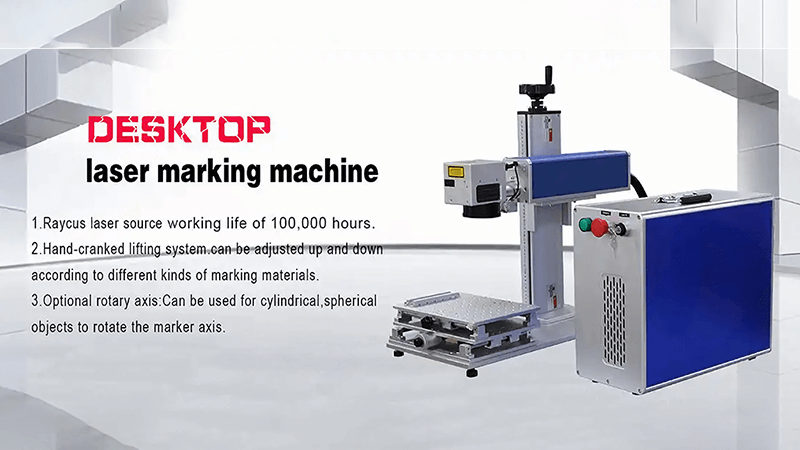
How to choose a laser marking machine?
Choosing the wrong laser machine means lost money, wasted time, and frustrated clients. You need a method, not a guess. The truth is, different applications need different solutions.
To choose the right laser marking machine, you must evaluate your application needs: material type, marking depth, speed, and precision. Then match those needs with the right laser type and reliable components from trusted suppliers.
Match your needs to machine capabilities
Here’s a breakdown of how we at Kirin Laser help our clients make the right choice:
| Need | Recommended Action | Kirin’s Solution |
|---|---|---|
| Marking on metals | Choose fiber laser1 | We offer 20W–100W fiber lasers with IPG, JPT, or Max sources |
| High-speed production lines | Look for fast scanning heads and stable beam | Our Galvo heads achieve up to 7000mm/s with minimal drift |
| Small character/precision | Use MOPA or high beam-quality sources | JPT MOPA series used for ultra-fine marks |
| Variety of materials | Consider CO₂ or UV if needed | UV for plastics, CO₂ for organic surfaces |
| Budget-conscious applications | Balance cost and reliability | We help clients choose Max or JPT depending on priority |
Kirin Laser2 provides personalized selection support—we ask about your product, environment, volume, and finishing needs before recommending a model. We don't just sell—we consult.
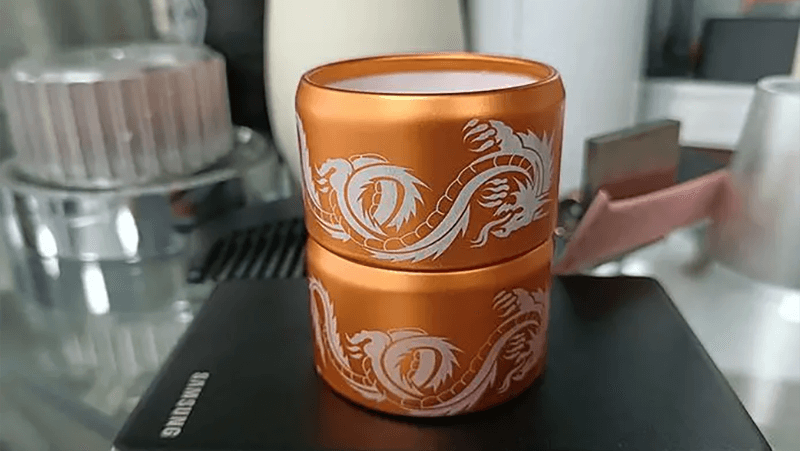
Which brand of laser source is widely regarded as the best?
Most machine failures don't come from the frame or software—they come from the laser source. That's why the brand behind your laser source is often more important than the name on the machine's cover.
IPG, JPT, and Max are currently the most widely recognized and reliable brands for fiber laser sources. At Kirin Laser, we integrate all three to match clients' needs across performance, budget, and application type.
Comparing top laser source brands
Let’s break this down:
| Brand | Strengths | When We Recommend It | Beam Quality (M²)3 | Cost Range |
|---|---|---|---|---|
| IPG | Top-tier stability and durability | Aerospace, medical, high-value metals | <1.2 | $$$$ |
| JPT | Excellent balance of control and cost | General metal marking, flexible applications | <1.4 | $$$ |
| Max | Cost-effective, widely available | Budget projects, low-mid production | <1.6 | $$ |
We recently worked with a client in Brazil who needed precision marking on automotive engine plates. They started with a local OEM brand but had too many downtime issues. We replaced the machine with our 50W model powered by a JPT4 M7. The result? Faster throughput, stable performance, and fewer complaints from their downstream partners.
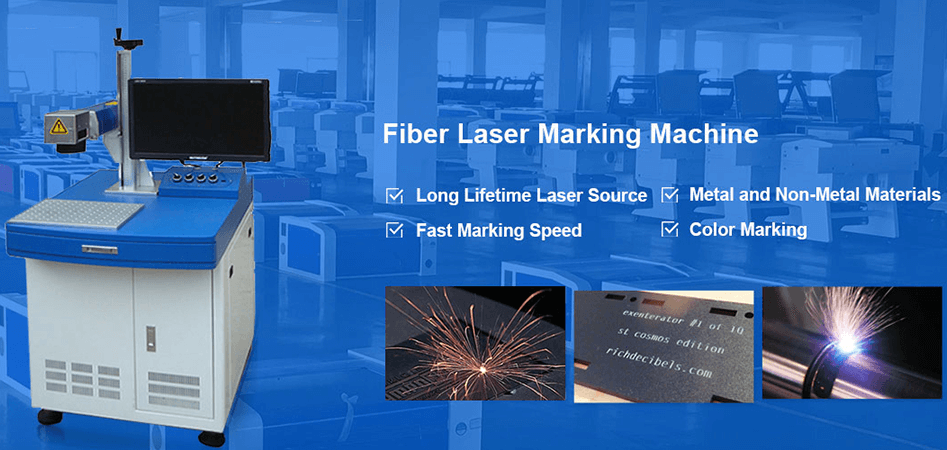
What is the quality of laser marking?
Not all marks are created equal. Fading logos, shallow codes, or burned edges can ruin an entire batch. Quality is not just how it looks—it’s also how it lasts and how fast it gets done.
Laser marking quality depends on the laser source, scan head, software, and material. Good quality marks are sharp, high-contrast, and permanent—even under abrasion or chemical exposure.
What defines marking quality?
Let’s look at three key factors:
1. Depth and contrast
For metal parts, deeper marks are more durable, especially under wear. Contrast helps with readability, especially in DPM5 (direct part marking) for traceability.
2. Resolution and sharpness
Sharp edges make QR codes and logos scannable and professional. This comes down to good beam control and scanning optics.
3. Durability and resistance
Heat, chemicals, and UV exposure6 can wear out sub-par markings. That’s why stable pulse width and good software control are key.
| Quality Factor | Result on Product | Our Approach |
|---|---|---|
| Deep + clean marks | Long-lasting logos on steel | High-peak power control via JPT sources |
| High contrast | Readable on aluminum or brass | Optimized frequency/pulse width via EzCad |
| Consistent alignment | No skipped characters | Galvo with <0.3% drift over 8 hours |
We recently helped a German client in the tool industry improve their logo depth on hardened steel wrenches. Our 60W fiber unit with MOPA source7 allowed control over frequency and power curve. The result was consistent, permanent branding, even after anti-rust treatment and polishing.
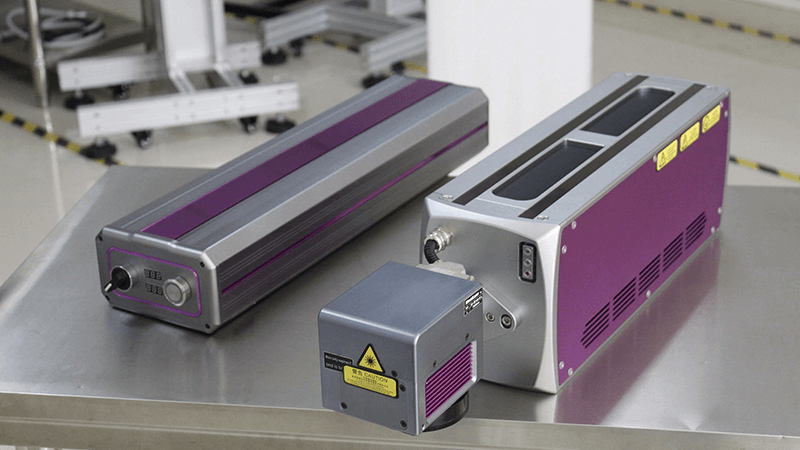
Which type of laser is good?
It depends on the job. There’s no “best” laser in general—only the best laser for your needs. Misaligned choices waste time and money.
Fiber lasers are best for metals and plastics. UV lasers are good for heat-sensitive materials. CO₂ lasers excel at wood, acrylic, and packaging. The right type depends entirely on the material and desired effect.
A guide to laser types
Here’s how we guide our clients:
| Laser Type | Best For | Wavelength | Heat Effect | Price Level |
|---|---|---|---|---|
| Fiber | Metals, plastics | 1064nm | Low-to-moderate | Medium to High |
| UV | Plastics, glass, ICs | 355nm | Minimal | High |
| CO₂ | Wood, leather, acrylic | 10.6μm | High | Medium |
Why fiber lasers are our default
At Kirin Laser, 80% of our marking machine8 orders are fiber-based. They’re compact, air-cooled, efficient, and perfect for batch-to-batch consistency. For clients in automotive, tools, nameplate production, and electronics, they’re the clear choice.
When to choose UV or CO₂?
If you’re marking PVC wires9, transparent plastics, or PCB boards, UV is ideal because it doesn’t overheat the material. CO₂ is ideal for marking serial codes on packaging, engraving wood, or cutting leather. We build these into separate lines and advise clients based on monthly volumes and surface type.
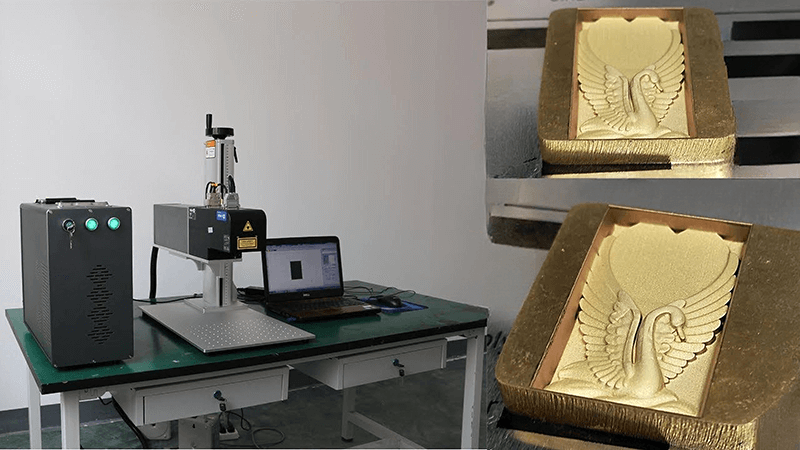
Conclusion
Choosing the right laser marking machine10 isn’t about picking a flashy brand—it’s about knowing your material, production needs, and long-term goals. At Kirin Laser, we guide clients through source selection, marking quality optimization, and laser type matching. With reliable partners like IPG, JPT, and Max, and our deep OEM experience, we offer more than machines—we offer solutions that work long-term.
-
Explore this link to understand how fiber lasers can enhance your marking processes with efficiency and precision. ↩
-
Discover how Kirin Laser's consultative approach ensures you get the best laser solution tailored to your specific needs and applications. ↩
-
Understanding Beam Quality (M²) is crucial for optimizing laser applications and achieving desired results. ↩
-
Explore the benefits of JPT laser sources for various applications, including cost-effectiveness and performance. ↩
-
Understanding DPM enhances traceability by ensuring marks are readable, crucial for tracking parts in manufacturing and supply chains. ↩
-
Understanding UV exposure's impact on markings can help ensure durability and resistance, crucial for maintaining quality under harsh conditions. ↩
-
Discover how MOPA sources enhance laser marking precision and control, crucial for achieving durable and high-quality product branding. ↩
-
Discover why Kirin Laser's marking machines are preferred by 80% of clients for their efficiency and consistency in various industries. ↩
-
Discover why UV lasers are ideal for marking PVC wires without overheating, ensuring precision and material integrity in your projects. ↩
-
Find the best laser marking machine and laser marking solutions from Kirin Laser, clicking this link to get all your needs. ↩





